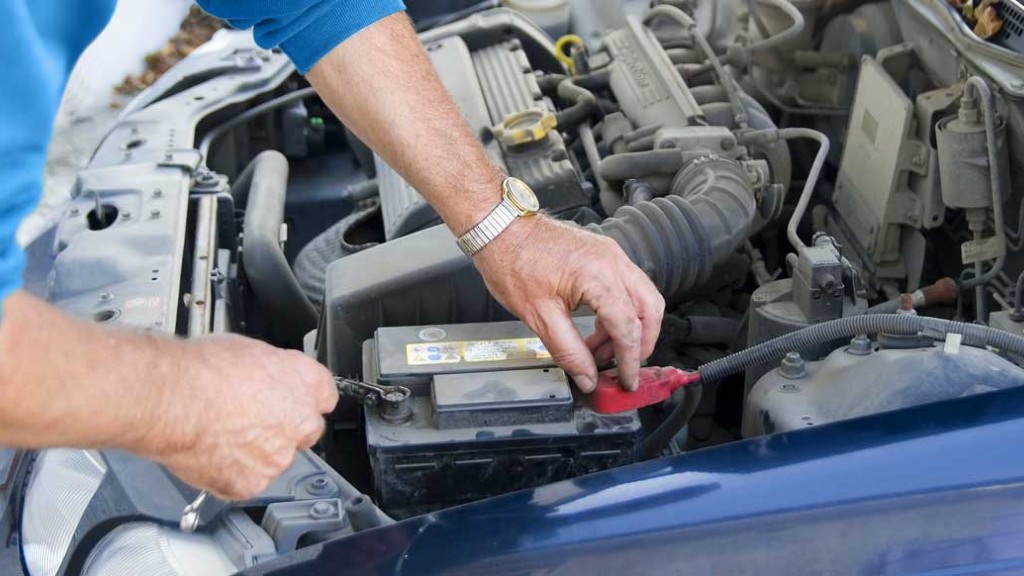U.S. lead-acid battery industry achieves sustained 99 percent recycling rate, says new study

Battery Council International (BCI) has found that the U.S. lead battery industry continued its recycling rate of 99 percent, according to the BCI National Recycling Rate Study commissioned by BCI and prepared by Vault Consulting.
Roger Miksad, BCI president and executive director, says that the achievement underscores BCI members' commitment to environmental sustainability and highlights the battery industry's foothold in advancing responsible recycling.
"I'm honoured to lead Battery Council International at this pivotal moment for the battery manufacturing and recycling industry," says Miksad. "Achieving a sustained recycling rate of 99 percent for lead batteries over the past decade proves our members' dedication to sustainable manufacturing practices. Together, we'll continue to drive innovation, advance recycling technologies, and promote responsible battery lifecycle management."
Miksad also emphasizes that lead batteries are an important part of the nation's transition to clean energy storage. Recycling raw materials instead of relying on newly mined minerals significantly reduces the manufacturing footprint for batteries. Lead batteries are critical to a low-carbon future by being a critical component in many sustainable applications.
Methodology of the study
The National Recycling Rate Study provides updates to aggregated data for the five-year reporting period, 2017 to 2021. The lead battery recycling rate for that period is derived by dividing the total pounds of lead batteries recycled by the total pounds of lead available for recycling in the U.S. To account for significant market disruptions during the COVID-19 pandemic, the study averaged the BCI Recycling Rate Studies spanning the decade of 2011 to 2021 to derive a sustained recycling rate of 99 percent.
"The lead battery industry is minimizing the environmental impact of battery disposal with a highly successful circular 'manufacture-use-reuse' model. It has become the blueprint for newer battery chemistries, as well as other industries," adds Miksad.
The lead battery industry's circular economy
Lead batteries are designed to be recycled. A lead battery's three main components (lead, plastic, acid) are 100 percent recyclable. This creates the raw materials needed for new lead batteries, and the typical new lead battery is formed of at least 80 percent recycled material. The lead from lead batteries can be infinitely recycled with no loss of performance. In fact, U.S. lead battery manufacturers source approximately 83 percent of the needed lead from North American recycling facilities. The plastic casings are also recycled.
Lead batteries have an established, domestic infrastructure. There is a vast network of existing manufacturing, collection, and recycling facilities, including more than 300,000 retail distribution and collection sites for used lead batteries.


